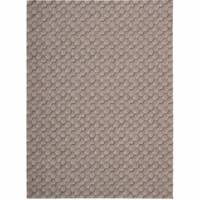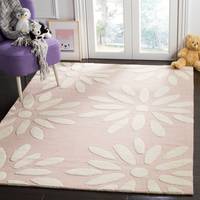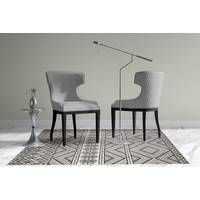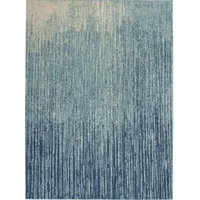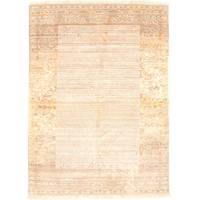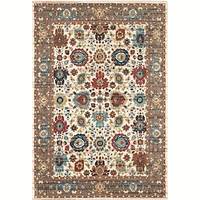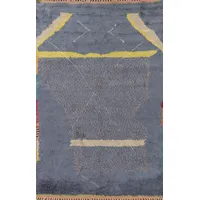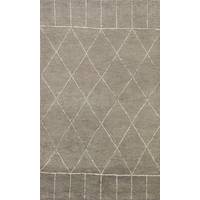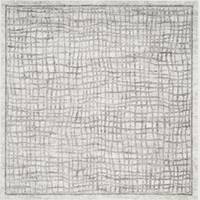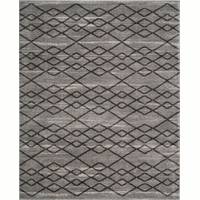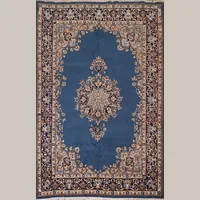Oriental Rug of Houston Hand Knotted Agra Ivory Wool & Silk Traditional Oriental Area Rug
Description
The story behind the art of Indian rugs is one of cultural exchange and artistic innovation. During the Mughal rule in India, Emperor Akbar recognized the potential of rug weaving as a thriving industry and established weaving centers in major cities like Agra, Delhi, and Lahore. These centers employed skilled weavers who were trained in the Persian style of rug making, which was popular at the time. However, over time, Indian rugs began to develop their own distinct style and iconography, departing from the Persian prototypes. This shift was driven by the masterful interplay of design elements, the use of silk-like wool, and a bright and deep color range, all of which combined to create an exquisite level of detail and realism in the motifs. Indian rugs, particularly the Agra rugs, became famous for their original themes, which combined the grandeur and grace of Persian antique rug designs with their own unique elements. These included floral tendrils, angular vines, and stars, as well as all-over angular designs with scrolling leaves, vines, and finely detailed flowers. Today, Indian rugs continue to captivate patrons with their age-defying allure and cultural significance. The art of rug weaving in India serves as a testament to the country's rich cultural heritage and its enduring legacy of artistic innovation.
You may also like
loading
Discover more









































